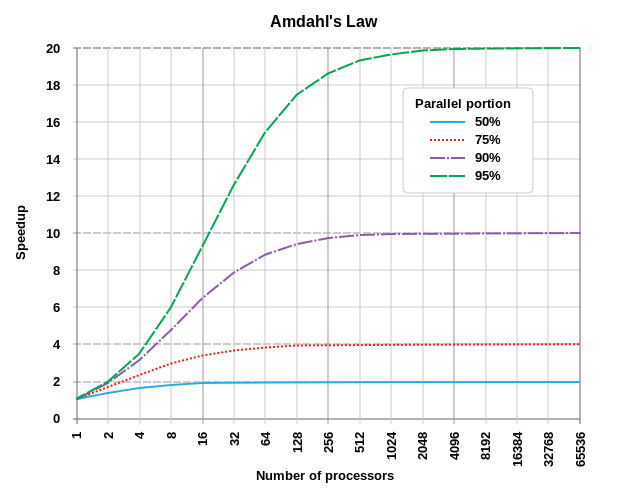The Law of Leaky Abstractions on Joel on Software
All non-trivial abstractions, to some degree, are leaky.
(Joel Spolsky)
This law states that abstractions, which are generally used in computing to simplify working with complicated systems, will in certain situations 'leak' elements of the underlying system, this making the abstraction behave in an unexpected way.
An example might be loading a file and reading its contents. The file system APIs are an abstraction of the lower level kernel systems, which are themselves an abstraction over the physical processes relating to changing data on a magnetic platter (or flash memory for an SSD). In most cases, the abstraction of treating a file like a stream of binary data will work. However, for a magnetic drive, reading data sequentially will be significantly faster than random access (due to increased overhead of page faults), but for an SSD drive, this overhead will not be present. Underlying details will need to be understood to deal with this case (for example, database index files are structured to reduce the overhead of random access), the abstraction 'leaks' implementation details the developer may need to be aware of.
The example above can become more complex when more abstractions are introduced. The Linux operating system allows files to be accessed over a network but represented locally as 'normal' files. This abstraction will 'leak' if there are network failures. If a developer treats these files as 'normal' files, without considering the fact that they may be subject to network latency and failures, the solutions will be buggy.
The article describing the law suggests that an over-reliance on abstractions, combined with a poor understanding of the underlying processes, actually makes dealing with the problem at hand more complex in some cases.
See also:
Real-world examples:
- Photoshop Slow Startup - an issue I encountered in the past. Photoshop would be slow to startup, sometimes taking minutes. It seems the issue was that on startup it reads some information about the current default printer. However, if that printer is actually a network printer, this could take an extremely long time. The abstraction of a network printer being presented to the system similar to a local printer caused an issue for users in poor connectivity situations.




